Phiroz Bhagat0080445381, 9780080445380
Ideally, the endless stream of data should be one of our major assets. However, this potential asset often tends to overwhelm rather than enrich. Competitive advantage depends on our ability to extract and utilize nuggets of valuable knowledge and insight from this data deluge. The challenges that need to be overcome include the under-utilization of available data due to competing priorities, and the separate and somewhat disparate existing data systems that have difficulty interacting with each other.
Conventional approaches to formulating models are becoming progressively more expensive in time and effort. To impart a competitive edge, engineering science in the 21st century needs to augment traditional modelling processes by auto-classifying and self-organizing data; developing models directly from operating experience, and then optimizing the results to provide effective strategies and operating decisions. This approach has wide applicability; in areas ranging from manufacturing processes, product performance and scientific research, to financial and business fields.
This monograph explores pattern recognition technology, and its concomitant role in extracting useful knowledge to build technical and business models directly from data, and in optimizing the results derived from these models within the context of delivering competitive industrial advantage. It is not intended to serve as a comprehensive reference source on the subject. Rather, it is based on first-hand experience in the practice of this technology: its development and deployment for profitable application in industry.
The technical topics covered in the monograph will focus on the triad of technological areas that constitute the contemporary workhorses of successful industrial application of pattern recognition. These are: systems for self-organising data; data-driven modelling; and genetic algorithms as robust optimizers.
Table of contents :
Front Cover……Page 1
Pattern Recognition in Industry……Page 4
Copyright Page……Page 5
Contents……Page 14
Preface……Page 8
Acknowledgments……Page 10
About the Author……Page 12
Part I: Philosophy……Page 22
1.1. Distinguishing Knowledge and Information from Data……Page 24
1.2. Whence Pattern Recognition Technology……Page 25
1.3. Thermodynamic Concept of Order Leading to Information Theory……Page 26
1.4. Modeling Informed by Observation……Page 27
1.5. Pattern Recognition Technology Triad……Page 28
References……Page 29
2.2. Characterizing Data……Page 30
2.3. Distance Between Data……Page 32
2.4. Organizing Data—Clustering / Auto-Classification……Page 34
2.6. Organizing Data—Correlative Modeling……Page 35
References……Page 36
3.1. Learning Organisms—An Introduction to Neural Nets……Page 38
3.2. Supervised Learning……Page 40
3.3. Unsupervised Learning……Page 42
3.4. Models that Self-Organize Data (Unsupervised Learning) as well as Correlate them with Dependent Outcomes (Supervised Learning)……Page 43
3.5. Genetic Algorithms……Page 45
References……Page 46
4.1. Pre-Conditioning Data: Pre- and Post-Processing……Page 48
4.3. Embedding Mechanistic Understanding / Experiential Judgment to Enhance Extrapolative Robustness……Page 49
4.4. Insight into Model Behavior……Page 50
Part II: Technology……Page 52
5.2. Feedforward—Exercising the BP Net in Predictive Mode—Neuron Transformation Function……Page 54
5.3. BP Training—Connection Weights Adjusted by the “Delta Rule” to Minimize Learning Errors……Page 57
5.4. Back-Propagation Equations for General Transformation Functions……Page 58
5.5. Back-Propagation Equations for Sigmoidal Transformation Functions……Page 60
5.6. Conjugate Gradient Methodology for Rapid and Robust Convergence……Page 61
5.7. Separating Signal from Noise in Training……Page 62
5.8. Pre-Conditioning Data for BP Nets……Page 63
5.10. Seeding the Input Data Space with RBF Cluster Centers……Page 65
5.12. Activating Clusters from a Point in the Data Space……Page 67
5.15. Neural Net Correlation Models……Page 68
References……Page 69
6.2. Auto-Clustering Using Radial Basis Functions……Page 70
6.3. RBF Cluster Radius……Page 71
6.4. Competitive Learning……Page 72
6.5. Data Pre-Conditioning for Competitive Learning……Page 76
References……Page 77
7.2. Combining Empiricism with Mechanistic Understanding……Page 78
7.3. Embedding an Idealized (Partially Correct) Model……Page 79
7.4. Embedding A Priori Understanding in the Form of Constraints……Page 85
7.5. Incorporating Mixed Data Types……Page 87
7.6. Confidence Measure for Characterizing Predictions……Page 88
7.7. Interpreting Trained Neural Net Structures……Page 90
7.8. Graphical Interpretation of Trained Neural Net Structures……Page 93
References……Page 94
8.1. Capturing a Document’s Essential Features through Fingerprinting……Page 96
8.2. Similar Documents Auto-Classified into Distinct Clusters……Page 97
8.3. Activity Profiles of Authors Provide Competitive Insight……Page 98
8.4. Visualizing a Document’s Contents……Page 99
8.5. Identifying Keywords through Entropic Analysis of Text Documents……Page 100
References……Page 103
9.2. Concept of Resonance in Quantifying Similarities between Time Series……Page 104
9.3. Identifying Leading Indicators……Page 105
9.4. Forecasting……Page 107
Reference……Page 108
10.1. Background……Page 110
10.3. Setting the Stage……Page 111
10.4. Selection……Page 113
10.5. Mating……Page 114
10.6. Mutation……Page 115
10.7. “Breeding” Fit Solutions……Page 117
10.9. Product Formulation……Page 119
References……Page 121
Part III: Case Studies……Page 122
11.1. Process Industry Application Modes……Page 124
11.2. Business Applications……Page 128
11.3. Case Studies that Follow……Page 130
12.2. Reactor Catalyst Deactivation……Page 132
12.3. Model Configuration……Page 133
12.4. In Situ Modeling Scheme……Page 134
12.6. Validation Results……Page 136
12.8. Competitive Advantage Derived through this Approach……Page 138
Reference……Page 139
13.2. Reactor Flow and Model Configuration……Page 140
13.3. Model Training and Results……Page 142
13.4. Identifying Optimal Operating Windows for Enhancing Profits……Page 143
14.2. Model Configuration……Page 144
14.3. Model Results……Page 146
14.4. Conclusions……Page 147
15.2. Issues……Page 148
15.3. Model Configuration……Page 149
15.4. Model Results……Page 150
15.5. Plant Follow-Up……Page 151
16.2. Issue……Page 152
16.3. Genetic Algorithm–Simulation Model Coupling……Page 153
16.4. Results and Conclusion……Page 156
17.3. Model Configuration……Page 158
17.4. Identifying Distinctly Different Operating Conditions……Page 159
17.5. Results……Page 160
18.2. Model Configuration—Bi-Level Focus for “Spot-Lighting” Region of Interest……Page 164
18.3. Model Results……Page 166
18.4. Conclusion……Page 168
19.2. Approach and Model Configuration……Page 170
19.3. Model Results……Page 172
19.4. Conclusions……Page 174
20.3. Approach and Model Configuration……Page 176
20.4. Model Results and Conclusions……Page 177
Epilogue……Page 180
Appendices……Page 182
A1.1. Thermodynamic Concepts Set the Stage for Quantifying Information……Page 184
A1.2. Equilibrium as a State of Disorder—Organization as a Value-Adding Process……Page 185
A1.3. Entropy, Disorder, and Uncertainty……Page 186
A1.4. Opportunities Found in Imbalances……Page 187
A1.6. Quantifying Information Transfer……Page 188
A1.7. Information Content in a System……Page 189
References……Page 191
A2.2. Mechanistic Modeling—General Laws……Page 192
A2.3. Particular Laws and Constitutive Relations……Page 194
Reference……Page 195
Index……Page 196
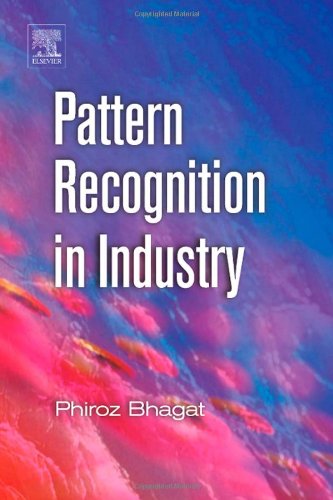
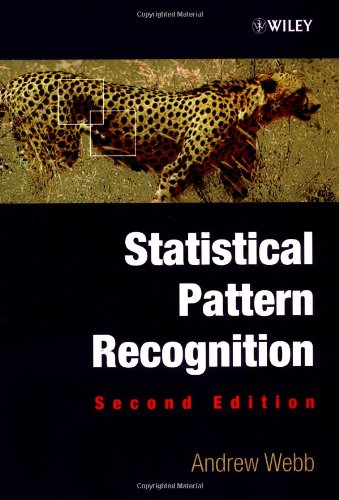
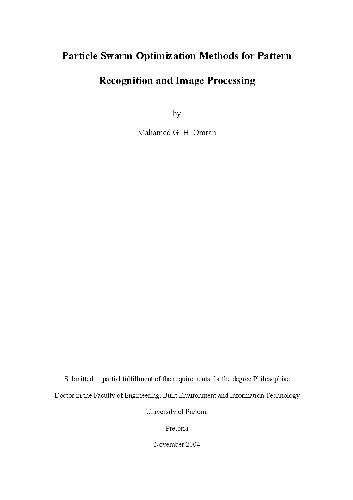
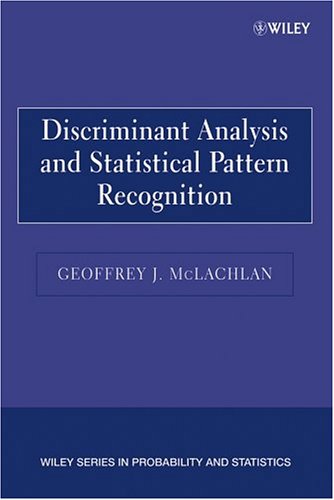
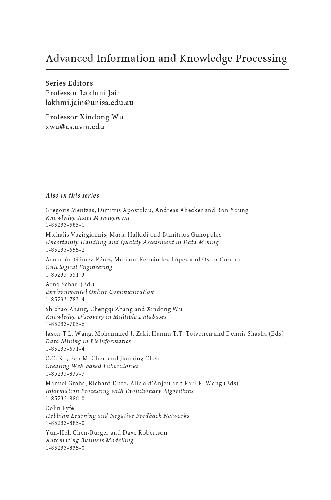

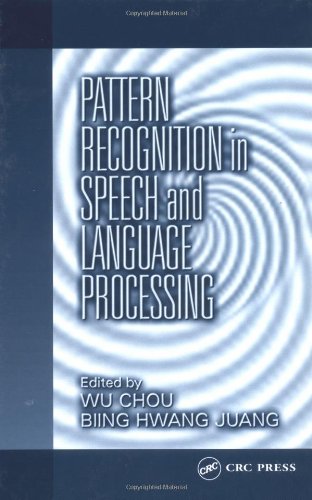
Reviews
There are no reviews yet.